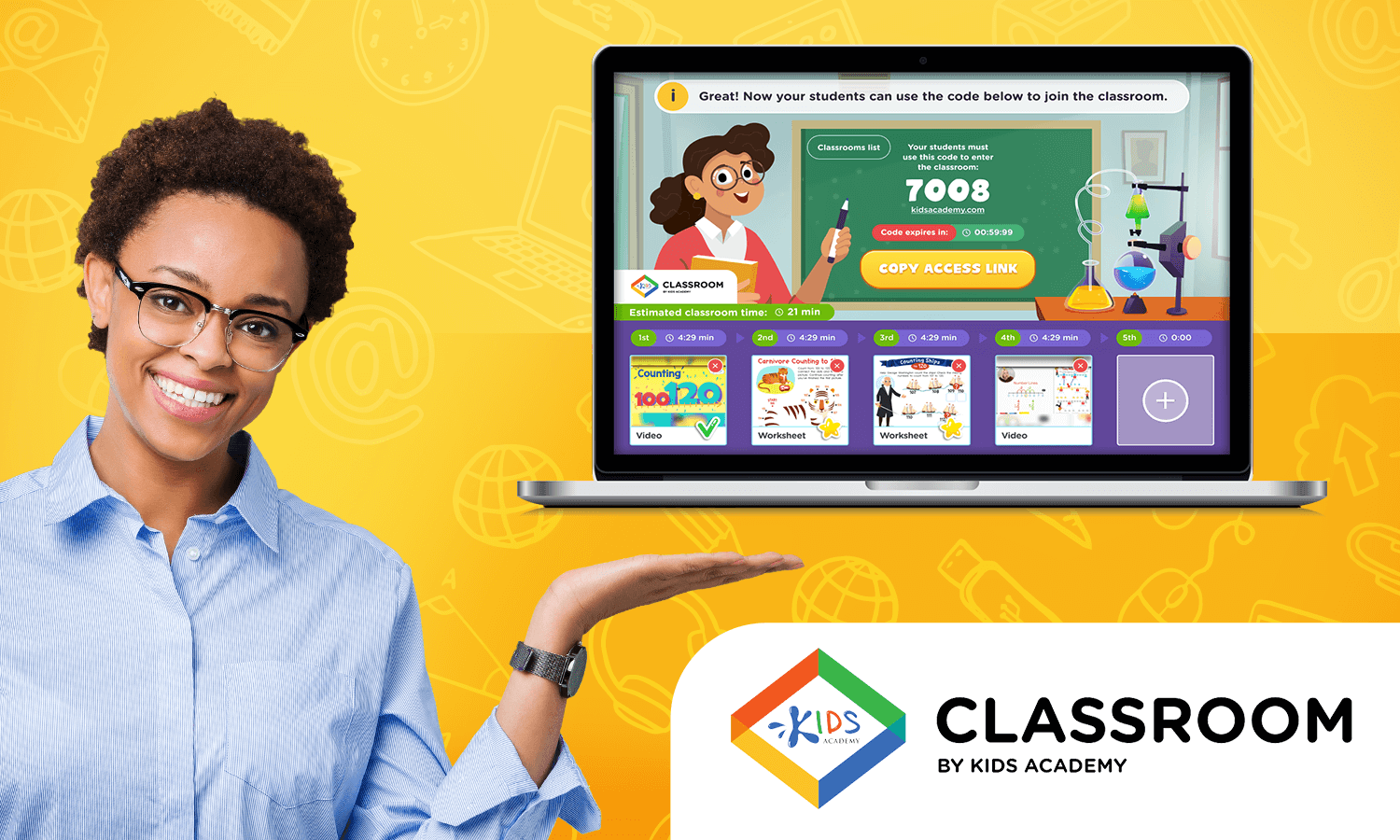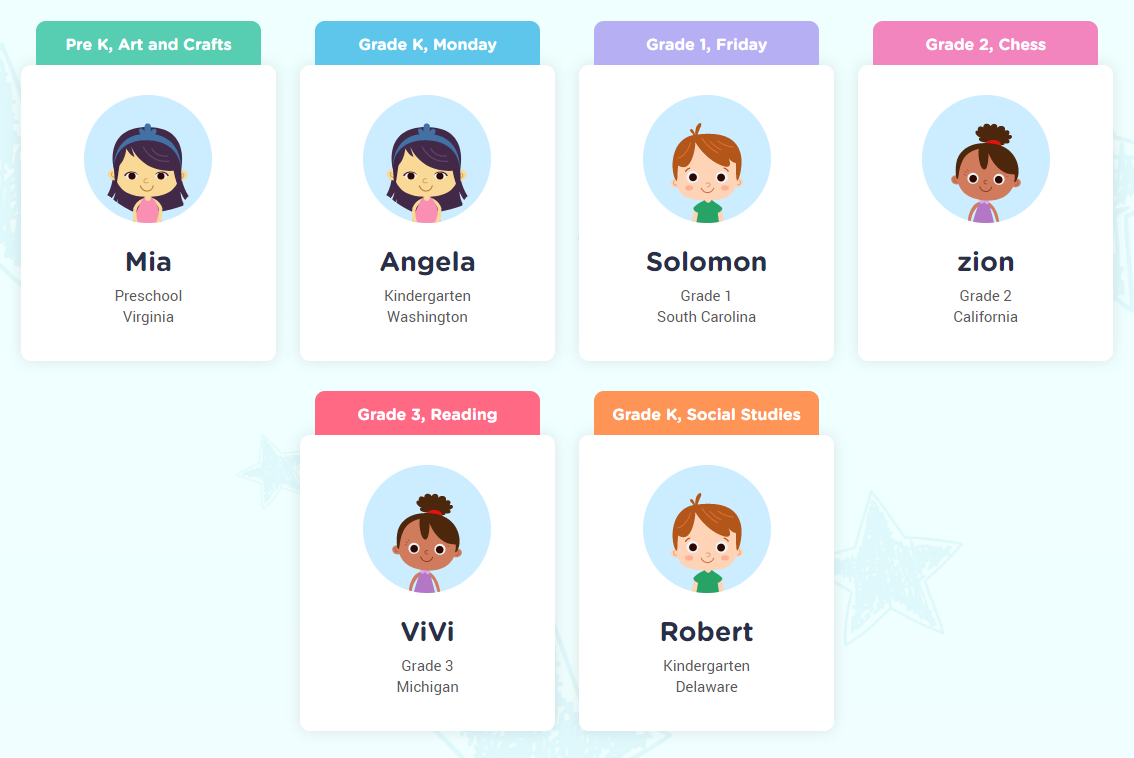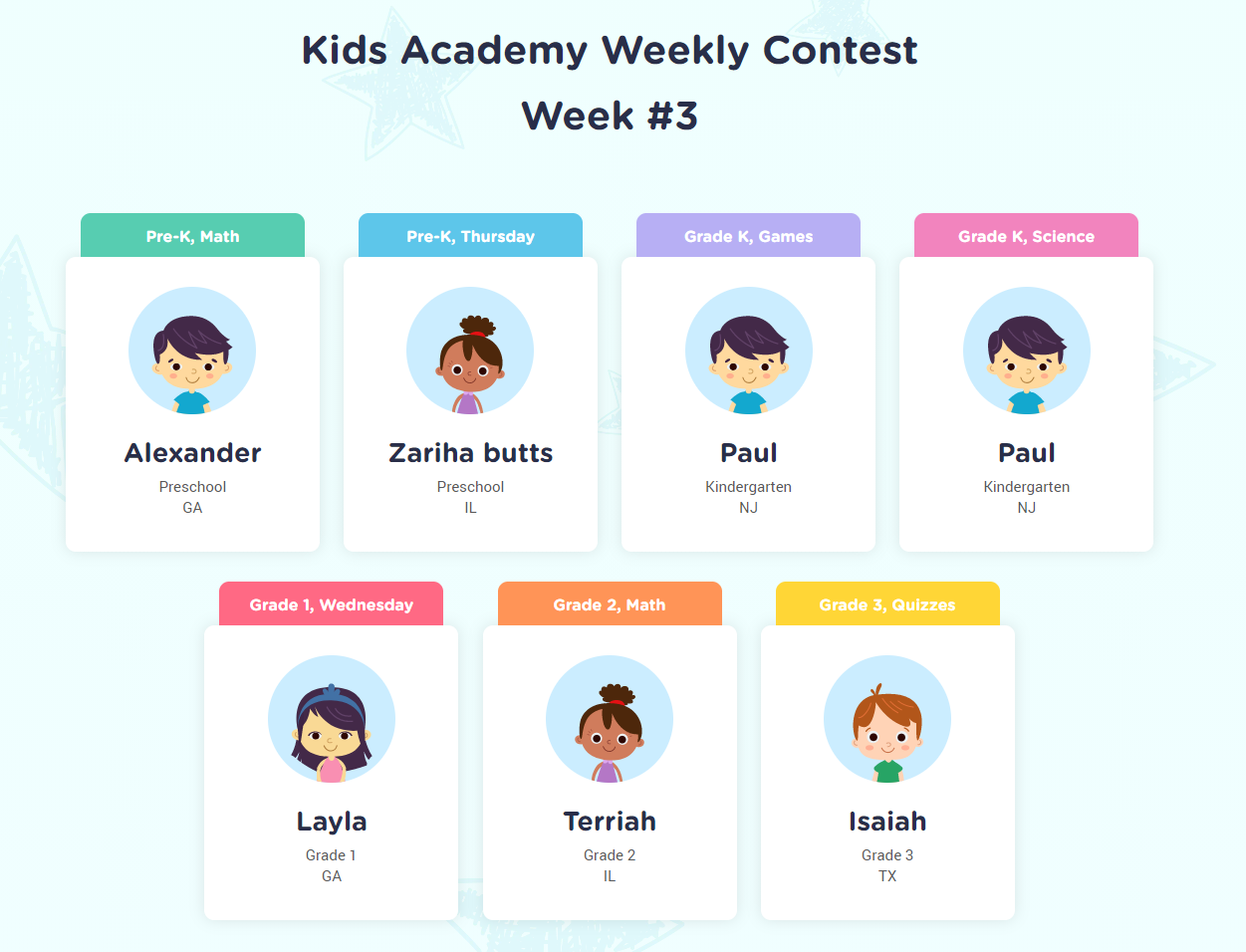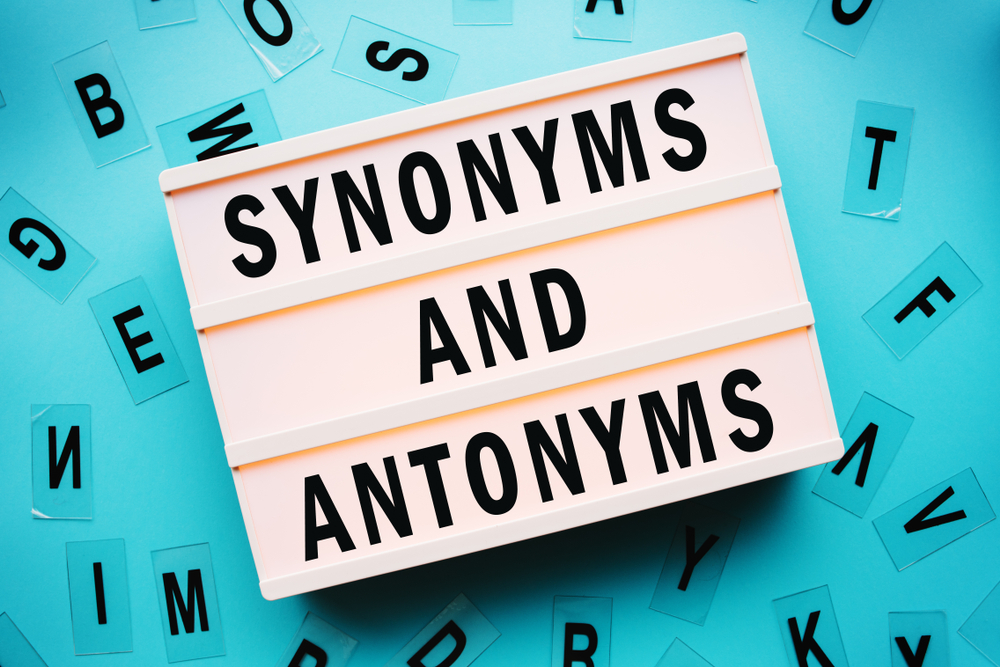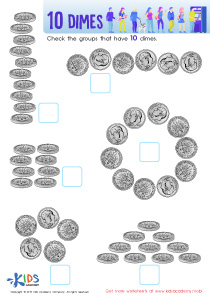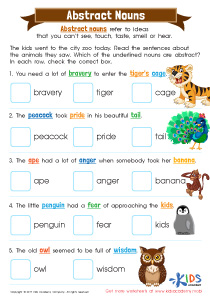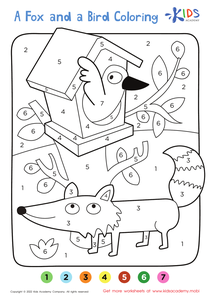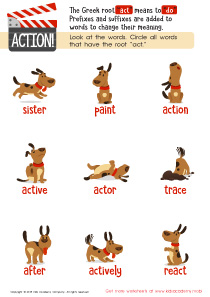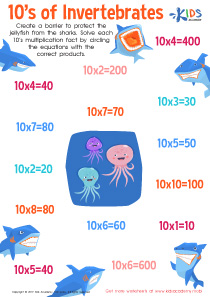3.2b Geography and Environment worksheets With Answers for Grade 3
4 filtered results
Difficulty Level
Grade
Age
-
From - To
Subject
Activity
Standards
Favorites
With answer key
Interactive
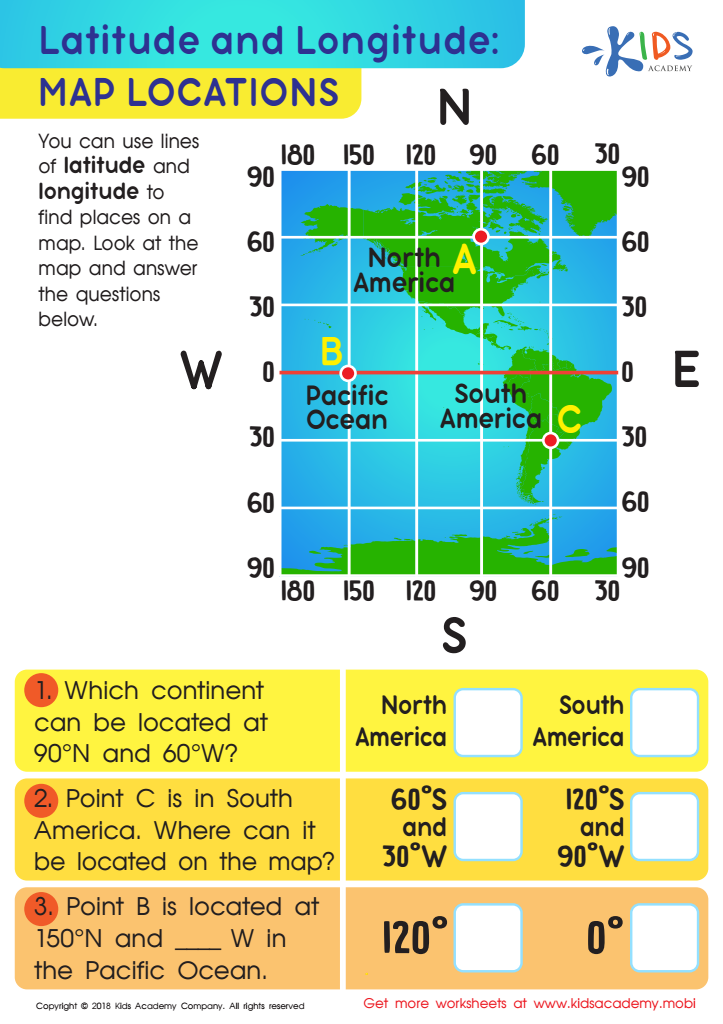

Latitude and Longitude: Map Locations Worksheet
This worksheet teaches young explorers about longitude and latitude using grid coords and a map. Kids gain practice finding answers to location questions and choosing the right answer from multiple choices. Acquiring geography skills while having fun like a strategy game!
Latitude and Longitude: Map Locations Worksheet
Worksheet
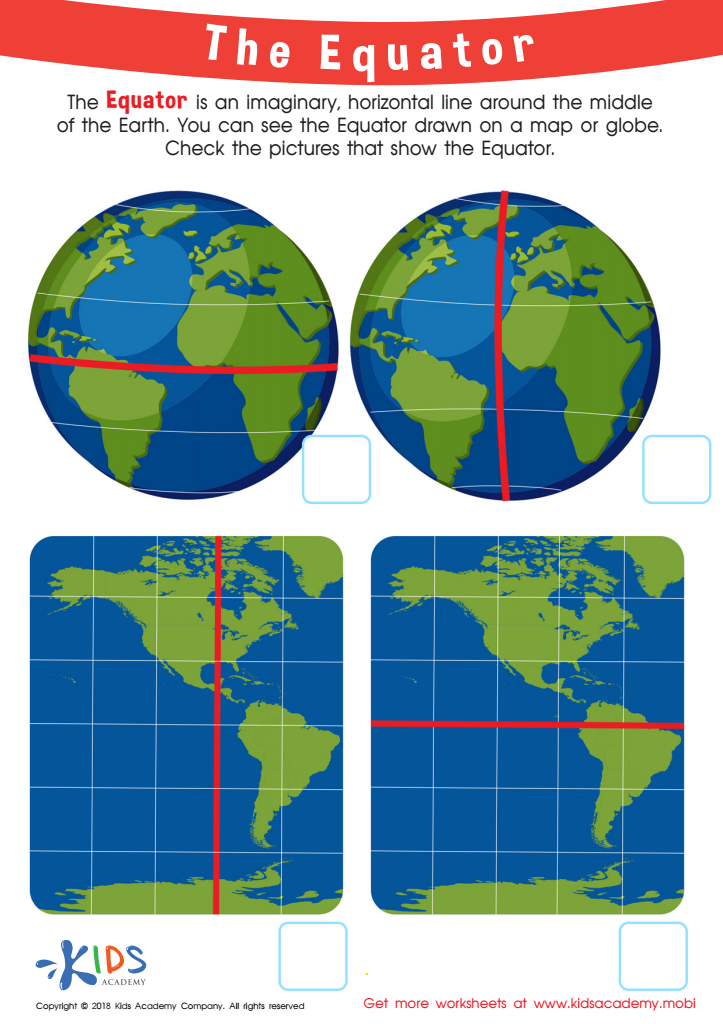

The Equator Worksheet
Young geographers can learn about the Equator with this free, colorful worksheet! They will understand the concept better with picture representation: what the Equator may look like if the Earth could be seen in its entirety, and then check off which one is accurate on a flat world map.
The Equator Worksheet
Worksheet
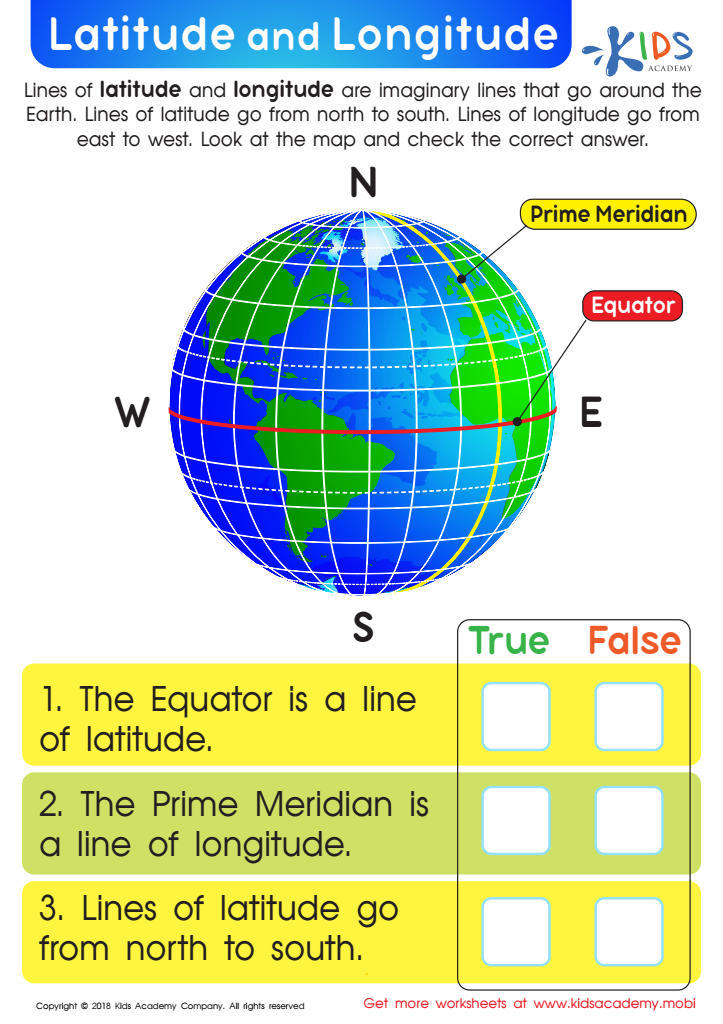

Latitude and Longitude Worksheet
Learning latitude and longitude can be challenging. This free PDF worksheet helps students understand the Equator, Prime Meridian, and lines of latitude and longitude. Questions help you assess their concept connection. It's an essential skill and an essential base for further geography studies.
Latitude and Longitude Worksheet
Worksheet
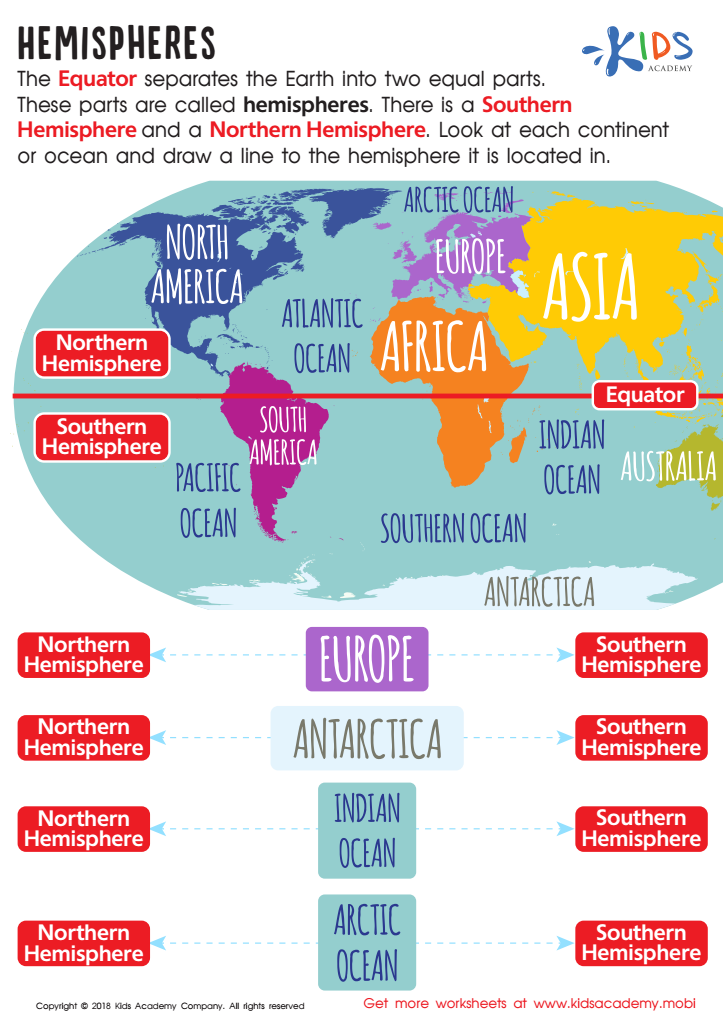

Hemispheres Worksheet
Learning geography can be fun! This worksheet for 3rd graders labels the Equator, Northern and Southern Hemispheres on a map of the world. Students can learn to identify which hemisphere a continent is in. Let's explore the world and have fun with geography!
Hemispheres Worksheet
Worksheet
 Assign to the classroom
Assign to the classroom

